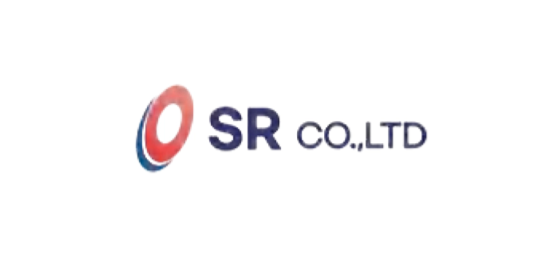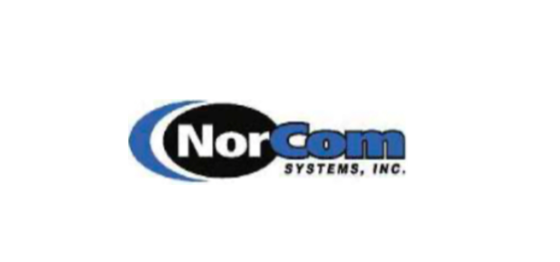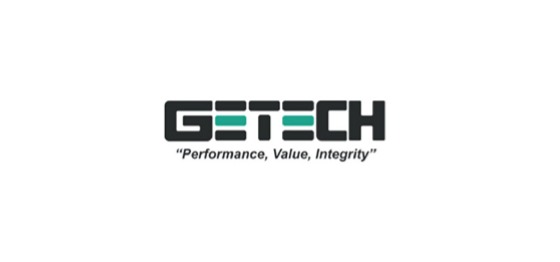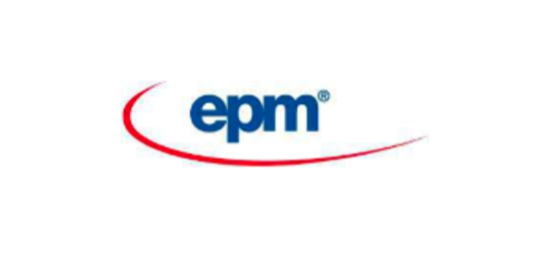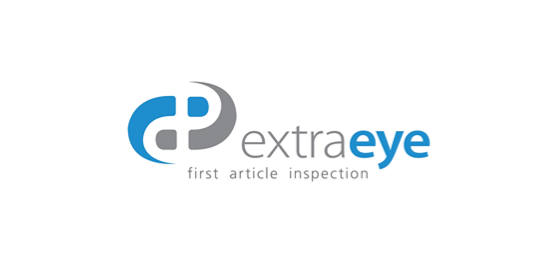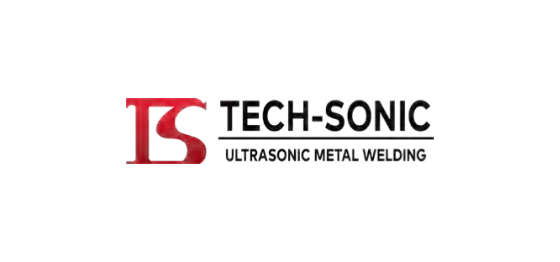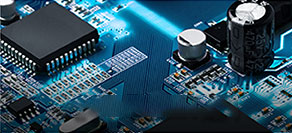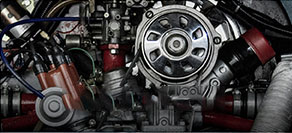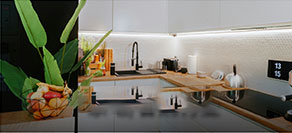I. Surface Tension Measurement Methods
Surface tension is an important physical property of the liquid surface, and it has significant applications in many industrial and scientific research fields. Here are several common surface tension measurement methods and their application areas.
1.Capillary Rise Method
If a liquid with density d rises to a height h in a tube with an inner radius r, then the surface tension is equal to rhdg/2. If the units for r and h are cm, d is grams/cm³, and g is cm/sec², the result will be in dynes/cm. In the new SI system, surface tension is expressed in newtons per meter. Each dyne/cm is multiplied by 1 ¢ to get newtons/m.
Application Areas
▪ Paints and Inks: Re-formulated inks and paints require precise surface tension control to ensure good wettability and adhesion.
▪ Paper and Wood: The development of copperplate paper, flexo printing technology, and highly absorbent sanitary products depend on the measurement of surface tension.
▪ Printing Technology: The design and optimization of print heads need to consider surface tension to achieve high-quality printing results.
▪ Petroleum Industry: Surface tension is a key parameter in research on oil extraction, pesticides, and plant adhesion.
▪ Cosmetics: The formulation optimization of skincare products, nail polish, biosensors, shampoo, and soap requires precise surface tension data.
▪ Fuel: The design of fuel-efficient aircraft and fuel formulation optimization need to consider surface tension.
▪ Hygiene Products: Research on absorbent diapers, nonwoven fiber fabrics, and non-biodegradable materials involves surface tension as an important parameter.
▪ Automotive: The development of synthetic lubricants and curtain materials requires the measurement of surface tension.
▪ Chemicals and Coatings: The development of insecticides' plant adhesion, wood preservation, monument/file protection, photo film/audio media protection, metal cleaning, and antifouling marine coatings all rely on the measurement of surface tension.
II. Contact Angle Measurement Methods
The contact angle is the angle formed when a liquid comes into contact with a solid surface and is an important indicator of the liquid's wettability on the solid surface. Here are several common contact angle measurement methods and their applications.
1. Static Drop Method (Static Contact Angle)
The static drop method is a commonly used contact angle measurement method. In the experiment, a small drop of liquid is placed on the substrate surface, and the contact angle between the droplet and the substrate surface is measured using a microscope or CCD camera with a built-in zoom lens. The contact angle is a measure of the interaction between the liquid and the solid, usually determined using the sessile drop method. This contact angle can represent the surface energy or the wettability of the solid surface. For example, the SEO Phoenix series contact angle measuring instrument provides cost-effective and accurate contact angle and surface energy measurement capabilities.
2. Captive Method (Dynamic Contact Angle)
The captive method is used to measure advancing and receding contact angles. By increasing the volume of the droplet, the liquid-solid interface area gradually expands, thus measuring the advancing contact angle. When the droplet volume decreases, the receding contact angle is measured. The advancing contact angle is usually greater than the receding contact angle, and the difference is called contact angle hysteresis. The size of contact angle hysteresis depends on the roughness, shape, and chemical uniformity of the solid surface, as well as the molecular reorganization process at the interface. SEO equipment can be used to measure contact angle hysteresis.
3. Tilt Method
The tilt method is a dynamic contact angle measurement method. The SEO contact angle analyzer uses fixed drop technology combined with a tilt table to measure advancing and receding contact angles. This method further increases the adhesion work between the liquid and the solid.
4. Wilhelmy (Plate) Method (Dynamic Contact Angle)
The Wilhelmy plate method is an accurate and repeatable contact angle measurement method. In the Wilhelmy method, a thin Pt plate or clean glass plate is suspended vertically above the liquid surface, and the force acting on the plate when the system is in equilibrium is measured. This method is suitable for precise measurement of liquid-solid surface tension.
Application Areas
▪ Cleaning/Contamination: Contact angle measurement is needed for organic contamination detection on silicon wafers, hard drives, PCBs, and electronic components.
▪ Wettability Research: Research on hydrophobicity and hydrophilicity of solid surfaces, as well as the application development of paints and adhesives.
▪ Surfactant Dynamics: Determination of diffusion rates and critical micelle concentration (CMC).
▪ Biological Research: Biocompatibility, behavior, and detection of proteins.
▪ Absorption and Expansion: Paper and fabric design, optimization of agricultural chemicals, ink, and coating formulations.
▪ Contact Angle Data and Surface Energy Conversion: Chemical structural characterization of low-energy polymer surfaces.
▪ Powder Characterization of Powders: Determination of adsorption rates and filler densities.
▪ Surface Treatment: Plasma treatment to improve polymer wettability, oxidation of silicon wafers, surface treatment for welding and soldering efficacy.
▪ Surface Tension Research: Interface surface tension, dynamic changes of surface tension during reduction.
Through the above introduction, we can see that surface tension and contact angle measurement methods have a wide range of applications in various fields. These measurement techniques provide important technical support for materials science, chemical engineering, medicine, and industrial production.




 Rework Station
Rework Station
.png)



